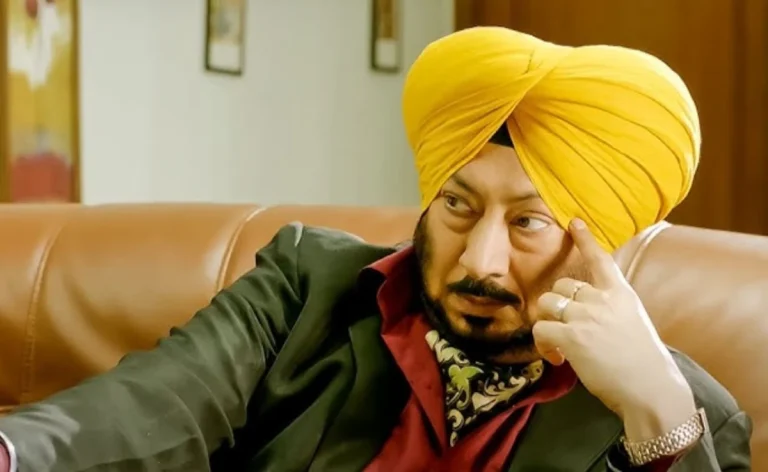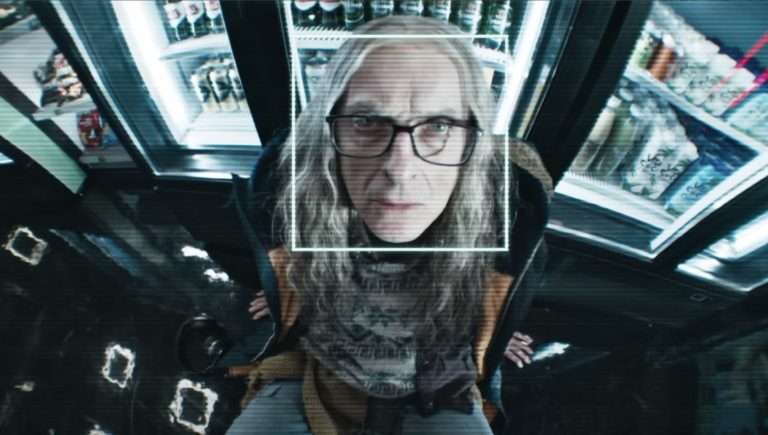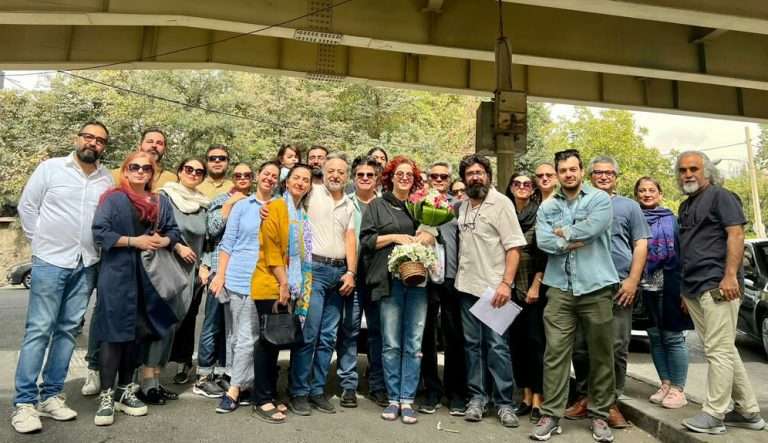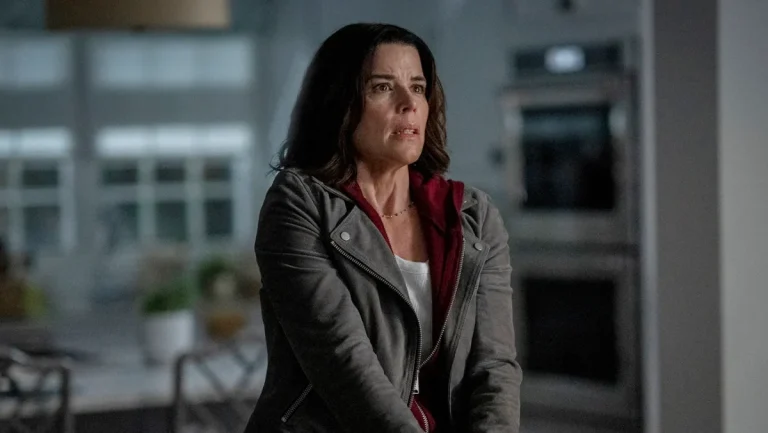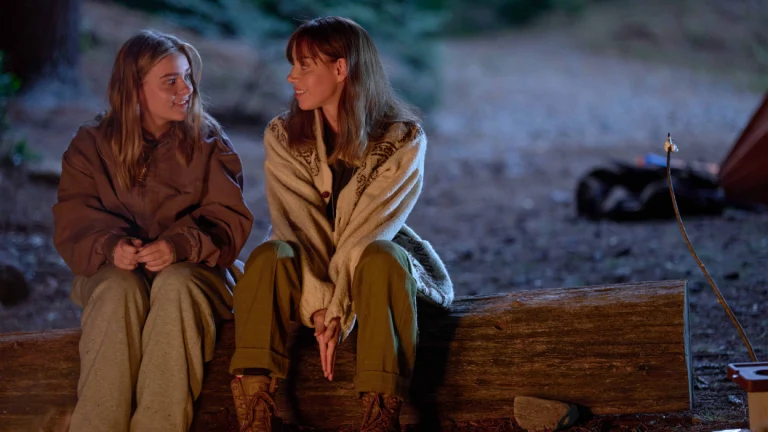Wes Anderson’s producing partner at Indian Paintbrush, GALERIE, was launched last year. Ever since, it has emerged as a well-curated film club, publishing a unique selection of films by artists with their personal interpretations. Many renowned and acclaimed filmmakers have participated in it to share their insights on their favorite movies. The list includes prominent names like James Gray, Ed Lachman, Mike Mills, Karyn Kusama, Ethan Hawke, and more. Adding to the list are visionary filmmakers from Chile: Pablo Larraín and Sebastián Lelio.
The two recently shared what’s their favourite when it comes to choosing the works of other filmmakers from the cinematic industry. Both Larraín and Lelio are currently working on their individual projects. Larraín is directing a drama about Maria Callas starring Angelina Jolie, while Lelio is helming a musical inspired by Chile’s 2018 “feminist May” movement. Both the filmmakers are busy with post-production on the project, yet they gave a sneak peek into their curated collection.
What’s on the Pablo Larraín-curated list?
Pablo Larraín’s curated list includes films like Joshua Oppenheimer’s The Act of Killing and Cemetery of Splendor, directed by Apichatpong Weerasethakul. Here is what the filmmaker thinks about both films:
The Act of Killing is a 2012 experimental documentary film directed by Joshua Oppenheimer, with Christine Cynn and an anonymous Indonesian co-director. The film follows individuals who participated in the Indonesian mass killings of 1965–66, wherein alleged communists and people against the New Order regime were tortured and killed, with the killers, many becoming gangsters, still in power throughout the country.
For The Act of Killing, Larraín said,
“Impunity has been a subject of my own work in a number of movies, but usually the one who commits the crime denies it or tries to avoid the subject. And in this film, those who were responsible for the genocide are right there, looking at the camera, proud of what they did. So it’s on another scale. And I think Joshua did something very interesting, taking it to a place where it becomes almost a farce on some level. There’s absurdity in this historical narrative. I’ve never seen anything like it. I’ve never seen a movie where mass killing is so somehow accepted, and that creates a very specific type of horror that’s very scary and creates discomfort and distress in the audience—in my case, in myself. So I thought it was a very interesting achievement and a very complicated and difficult movie to digest. Because of that, it becomes a cinematic political weapon. There are very few examples where cinema can actually say something so clear about a political process. This movie has that.”
The other film that adds to Larraín’s list is Cemetery of Splendor by Apichatpong Weerasethakul. It is a 2015 Thai drama film written, produced, and directed by Weerasethakul. The plot revolves around a spreading epidemic of sleeping sickness where spirits appear to the stricken and hallucinations become indistinguishable from reality. Here, the epidemic is a metaphor for personal and Thai societal issues. Sharing his insight on the film, Larraín said,
“Unknown and indeterminate memories—those that chase our subconscious—can also be collective. That’s what I’ve learned from this movie. A vast pool of associations, intersections, existential mazes and time arcs that can be contradictory and mesmerizing at the same time. We all experience the same reality, but it’s our perception of it that makes it unexplainable. That’s exactly why you can’t really explain this movie unless you perfectly remember your first day in this world.Something I respect and admire about this film is Apichatpong’s ability to make me feel that I was connecting and engaging with a form of collective memory, where my subconscious can be related to the subconscious of other people.
The idea of that collective reality is something we can’t really explain. Apichatpong is one of the very few filmmakers whose sensibility, because of the way that he crafted the film—how he used the sound, space, framing, timing and obviously lighting—creates a sensation of how strange reality can be in a way that includes me. It made me feel less lonely because of that.”Other films that have impacted Larraín include Werner Herzog’s Fitzcarraldo, Alexander Sokurov’s Russian Ark, Carlos Reygadas’ Silent Light, Olivier Assayas’ Summer Hours, Andrea Arnold’s Fish Tank, Patricio Guzmán’s Nostalgia for the Light, and Richard Linklater’s Boyhood.

What does Sebastián Lelio’s curated list encompass?
Sebastián Lelio’s selections include Buster Keaton’s Steamboat Bill, Jr. and Bong Joon Ho’s directorial film Mother.
Steamboat Bill, Jr. is a 1928 silent comedy film starring Buster Keaton, who also helmed the film. Expressing his admiration for the filmmaker, Lelio said,
“For me, Buster Keaton is a filmmaker who will always belong to the future. He represents pure cinema in the sense that his poetics are based on the capture, control, and inhabitation of movement. His humor is rooted in the interaction between humans and movement, and Steamboat Bill, Jr. is a masterpiece of what Keaton knew how to do so well: the gag. The presence of that impassive face, barely surprised when confronted with a turbulent world full of dangers and traps, is one of the most famous combinations of expressive gestures in the history of cinema—Buster Keaton’s stoic face (almost like a Kuleshov effect) juxtaposed with his mismatches with the world, especially with the physical world.
There is a sequence that always steals my heart: the hurricane scene, which we humbly tried to honor in A Fantastic Woman (in the scene where Marina walks against the wind): Keaton faces a world ravaged by the wind, and everything in the shots is in motion—roofs, trees, cars. Everything moves as if dancing, as if it were made of air. His cinema at that moment is capable of touching that which is so precious and which might be pure art, grace and lightness. In that wind sequence, Keaton makes us smile and open our eyes in surprise and inhale through our mouths an enchanted Oh! To be able to elicit that from the viewer is, for me, the territory of great art.”
The other film on Lelio’s list is Mother, made under the direction of visionary filmmaker Bong Joon Ho. It is a 2009 South Korean neo-noir thriller film starring Kim Hye-ja and Won Bin. The plot follows a mother who, after her intellectually disabled son is accused of the murder of a young girl, attempts to find the true killer to get her son freed.
Opining on the film, Lelio said,
“The cinema of Bong Joon Ho is grounded in a precision of gestures that are meticulously measured, so icy and so perfect that they become the trap into which the viewer joyously falls. I am fascinated by how he mixes humor and horror with total ease, making us feel as though these combinations are natural and normal. It seems effortless, but reaching this chilly poetry requires a level of mastery that Bong Joon Ho handles perfectly and, I believe, comes from a deep love for cinema and its mechanisms of expression and seduction. What I like about Mother is that it places a woman at the center, in an impossible, desperate situation, and continues to observe her from a distance that could be analytical and cold but is also merged with her. He achieves a strange mix of distance and closeness that I think is one of his hallmarks.
As viewers we adore his characters, but the level of intoxication they generate is so precise that it allows us to love and engage with them while also analyzing them. Kim Hye-ja’s performance is moving as the mother figure at the heart of a thriller, a thriller that has a lot of Hitchcock, which is the same as saying a lot of true cinema. Another thing that fascinates me about Mother is the mix of tones—it is at the same time enveloping, hilarious and repugnant. It has a narrative intensity that never wanes, and being a masterpiece of suspense, it also gives us moments of visualization and narration in space-time that are exuberant, allowing us to feel that glory that can be cinema.”
Lelio’s list also includes Hayao Miyazaki’s My Neighbor Totoro, Steven Spielberg’s Close Encounters of the Third Kind, Sally Potter’s Orlando, Alejandro Jodorowsky’s The Holy Mountain, Lynne Ramsay’s We Need to Talk About Kevin, and more.


